What Is Data Transformation? A Comprehensive Guide + Best Practices


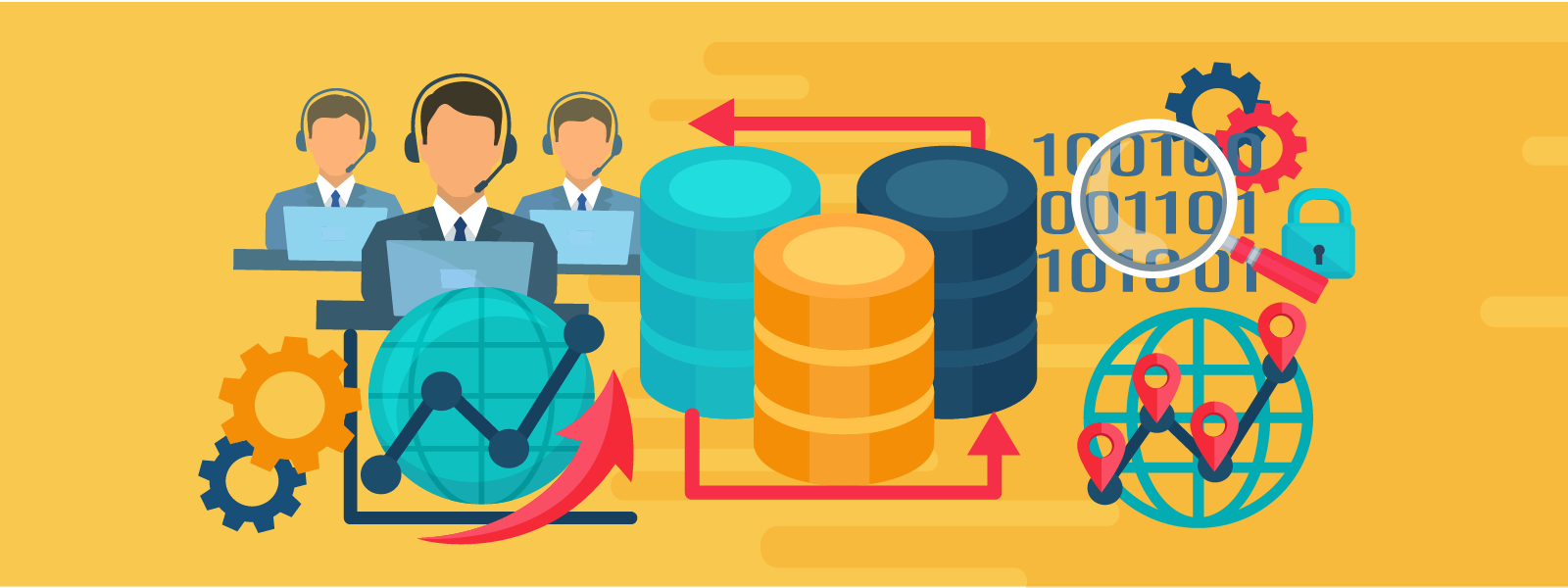
You need data for your business to function — you already know that. But is it time for a data transformation yet?
There’s no one-size-fits-all answer, so let’s explore a few things about data transformation so you can answer this question for yourself.
First off: companies need data to make informed decisions and improve their products and services. However, there’s a catch: the quality of data collected has to increase as the business grows.
Good quality data has numerous benefits and opens countless opportunities for any business. It leads to better decision-making, improves productivity, and improves marketing as communication and targeting become efficient.
Poor data, on the other hand, leads to losses averaging $15 million a year for organizations. It undermines the confidence of decisions made. Research shows that 84 percent of CEOs do not trust the quality of data they use to make decisions.
Lack of confidence in data leads to a lack of confidence in results. Poor data also leads to missed opportunities, lost revenue, and reputational damage.
Good data is accurate, complete, and authoritative. The insights and conclusions one draws from data are only as good as the data collected.
Data transformation involves converting data from one format to another. The transformation from its raw form to a format helps you know more about the business, customers, and competitors.
In its raw form, data is inconsistent. It has both irrelevant and relevant data. It may also contain information entered incorrectly or have some values missing. Sometimes it contains duplicate data.
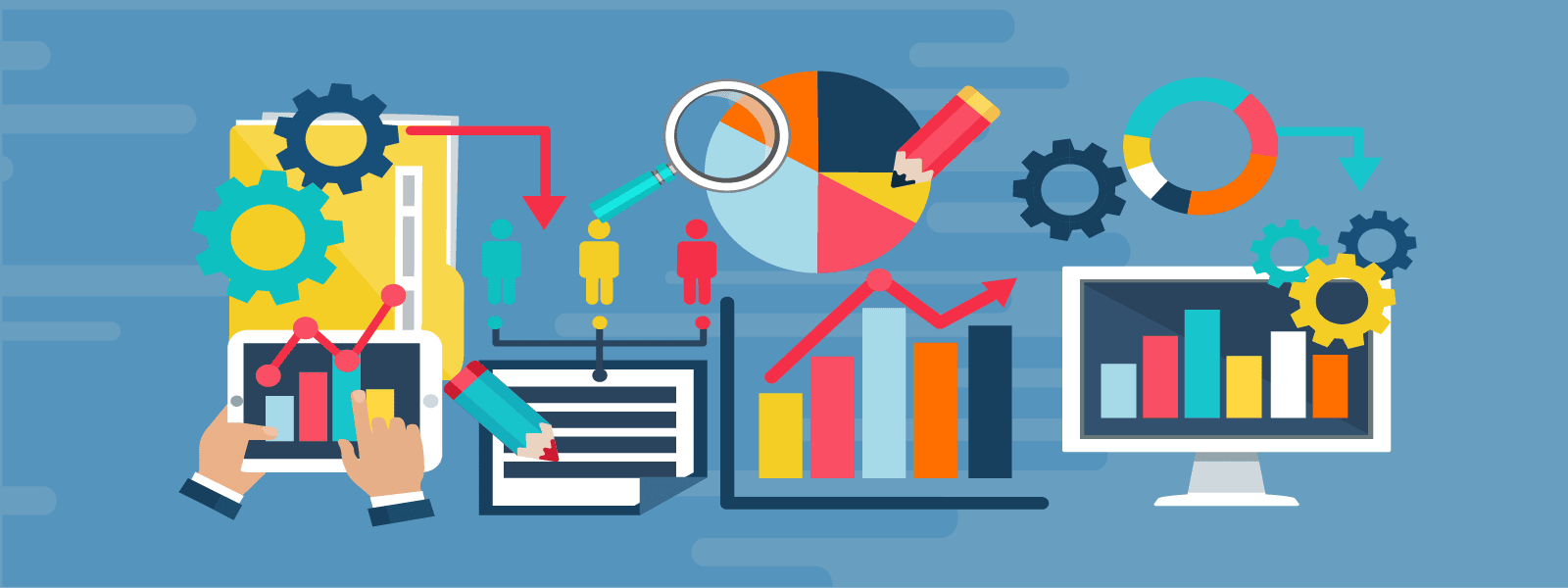
It’s important to clean and transform the data to draw reliable business insights that help the company innovate and improve processes. It’s critical for data management and integration since it helps standardize, shape, and create consistency in datasets.
Data transformation is also critical for businesses due to the rise of big data. Businesses today use various applications, programs, and devices that continually amass loads of data.
Data compatibility becomes a risk as a result of all these disparate data sources. Data transformation allows companies to convert this data to a form that can be stored, integrated, analyzed, and mined for intelligent insights.
With data transformation, organizations maximize the value of their data. It becomes manageable in a simple way and prevents information overload.
It makes the data available in an accessible form. Data transformation can be complex or simple depending on the changes you need to occur before it’s accessible in its final form.
It includes several activities like removing null or duplicate data, converting data types, performing aggregations, and enriching data depending on usage. The data transformation process can be done manually, automated, or completed by combining both methods.

Companies carry out data transformation for many reasons, including for comparison with other data sets. The data transformation allows the company to make better-informed decisions based on data from different sources and not just one source.
Other reasons why you may want to transform data include:
Data transformation allows you to compare data from different campaigns so that you can improve processes and market your brand better.
The transformation, cleansing, standardizing,- and deduplicating of data is known as data preparation. According to studies, most companies do it either for analytics, financial reporting, business intelligence, or operations.
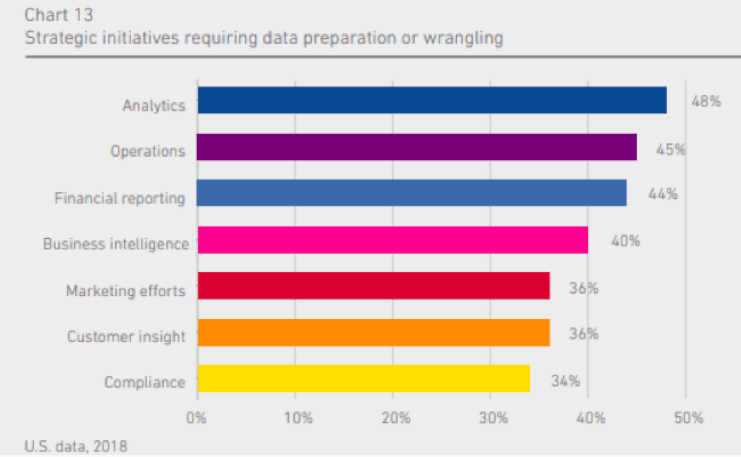
Image Source: Experian
The reason you carry out data transformation is to extract data, convert it to a form you can use, and then deliver it. The process is known as ETL. Extract, Transform, Load. Extraction involves identifying data and pulling it from different sources or locations into one repository.
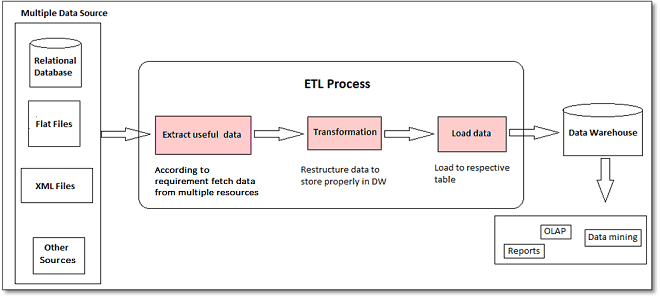
Image Source: Tatvasoft (The ETL Process)
The extracted data is raw and cannot give comprehensive information in this form. It needs transformation so that you can mine it for intelligence.
Sometimes, before the transformation, data needs to be cleansed. Cleansing it involves fixing missing values, resolving inconsistencies, and getting rid of duplicate data.
Once cleansed, transform your data using the following steps:
This first step involves determining the kind of data you have and to what version you need it transformed. To accurately interpret data, you need a tool that looks at what is inside a file and not just the name.
Most applications and operating systems will interpret data based on the extension of the file name. For example, a file could have the extension text.doc for Microsoft Word, but in actual sense, the actual data inside the file is not a Word document. Users can give files different extensions, and changing the extension will not transform this data.
You also need to choose the target format your data will appear in after transformation. It’s good to find out from the system or tool you plan to send your data, to what formats it expects or supports.
Discovery leads to visualization. Users can now see connections between variables to determine what needs analyzing.
During data mapping, you plan the actual transformation. It’s a road map for the migration process. At this stage, you plan how the merging, storage, and transformation will occur.
Data mapping prevents you from having issues with the data later. It neutralizes mismatches and errors, standardizes the process, and makes it easy to understand the data destination. Data mapping ensures quality data, which enables effective analysis.
If the transformation is for compatibility reasons, determine which data needs to be transformed and which one should remain as is. It’s also a good time to consider how you will handle data loss and how to mitigate against such a loss. It keeps you on your toes so that you are alert to any mistakes during the transformation process.
Data profiling examines data from the source to determine completeness, accuracy, and validity. When combined with an ETL process, it cleanses and enriches data. It ensures that data moved to the target location is of high quality and accurate.
It helps identify data quality issues that need handling when you move data to the new location. Identify issues of data quality that need fixing in the source and which data quality problems to fix during transformation.
During data profiling, you can find out if:
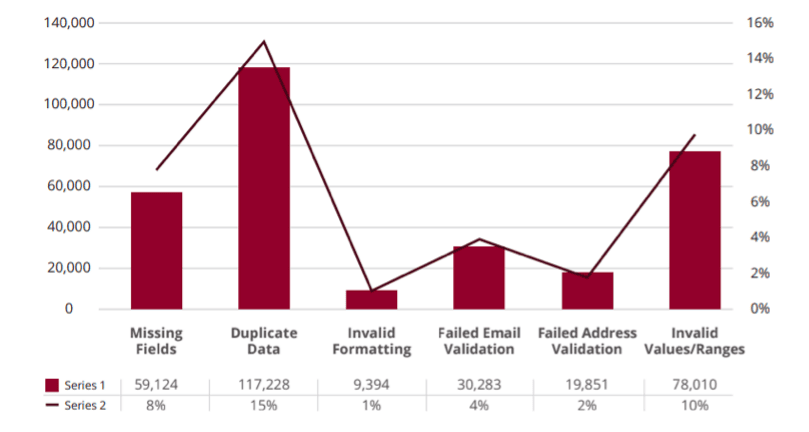
Image Source: Integrate
Answering these questions will ensure you maintain quality data essential for your business to thrive. Fail to do this, and you will transfer bad data that will later cost you 100 dollars per dirty record. Also, your team will spend extra time cleaning data on both records.
Want fewer dirty records? Better data that fuels decision-making? Join SyncApps and say goodbye to the biggest source of dirty data: manual transfers. Let automation transfer, sort, and systematize your data while you handle strategy!
You can profile data in three ways:
This profiling helps you check how data is structured. It confirms that data is formatted right and consistent. It also helps you understand the format of fields. For example, you can use pattern matching or a people lookup tool to find out if phone numbers are valid or find out if records should be text or number-based.
Finding data structure also helps you analyze the range. You can determine the maximum and minimum values, means, modes, medians, or standard deviations for attributes. Validating the consistency of data ensures the processing of queries is efficient at the final location.
Closely examine individual elements in each database. It will help you find ambiguous, incorrect, or null values. Content discovery fixes these issues.
For example, by correctly inputting street addresses in the right format. Problems that arise from non-standard data include sending packages to the wrong address or calling the wrong phone number.
Relationship discovery gives us a better understanding of the data in use and the connections between data sets. It determines relationships between data and narrows down the connections to specific fields, especially if data overlaps.
It helps identify redundant data and those that one can map together. For example, data that can help increase upselling opportunities.
Finally, validate data to ensure that data instances and data sets agree with predetermined rules.
At this stage, consider how you will transform your data. Will you use a written script or a data transformation tool? The choice will depend on whether you have experts in your team, and whether you have the infrastructure resources.
Extract data from different sources and perform your data transformation in different ways, including:
When transforming the data, consider whether the structure of the data will change over time and if you can easily update to meet changing needs. Make it easy for others to understand too so that they can use it even when you are not around.
After transforming, send the data to the target location. Ensure you get the results you were hoping for so that your old data is presented in a new way and converted to a new format.
Review the data to ensure accuracy and quality. If there are issues, make a list and then correct where necessary.
Data-driven marketing is the key to succeeding in today’s market, but most companies have yet to adopt it. According to research, only 31 percent of organizations are data-driven.
Seventy-one percent of companies have yet to start a data culture, 53.1 percent of companies are not treating data as an asset, and 52.4 percent are not competing on analytics and data.

Image Source: New Vantage Partners
During transformation, companies encounter several challenges, including:
The quality of data from one source can become skewed during moving. Data moved is either combined wrongly or gets lost. In this case, customers with the same names can get their data combined or mixed.
When this happens, confusion happens since two different customers have different interests, likes, and needs. The marketing team sends the customers the wrong messages, and the sales team sends the wrong offers.
The result is poor customer experience and wasted time. Other times, the lack of a unique identifier when linking data leads to problems later.
Transforming data requires infrastructure and a team of experts to ensure success. The ability to complete a seamless transformation will require tools and knowledge on how to handle the process and deal with problems that arise.
Most companies do not have the right expertise and rely on 3rd party companies to handle the transformations.
Data preparation and migration is time-consuming and takes up almost two-thirds of data scientists’ time.
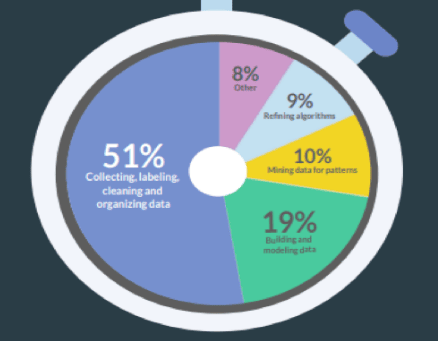
Image Source: Crowd Flower
In a study by Forbes, 23 percent of those surveyed were still using spreadsheets for data work. Seventeen percent were using dashboards, 19 percent had no analytical tools, and only 41 percent had advanced analytical tools and forecasting techniques.
Without the proper tools, the transformation will not happen effectively, and it will become a challenging task.
Depending on the infrastructure and expertise you have, you may incur additional cost during the period of the transformation process.
The different ways to transform data include:
Scripting: You can hire python developers to use scripts like Python or SQL to write code to transform data. However, hand-coding increases error opportunities and may not be replicable. You may be required to rewrite the code each time you need to transform data resulting in high costs. This modification emphasizes the importance of hiring Python developers for efficient and cost-effective data transformation.
On-premise ETL tools: these automate the process making it easy to transform data. You host the tools on your site, and this may require infrastructure cost and extensive expertise.
Cloud-based ETL tools: you host the ETL tools in the cloud. This option allows you to leverage the vendor’s infrastructure and expertise.
Good data helps increase efficiency leading to increased revenues. By using data transformation, companies reap the following benefits:

Before you can jump into the transformation, decide on a target location. Engage the users too so that you can understand the processes to analyze.
They feel engaged in the process and have a sense of ownership of the results. Knowing the target location and what you are analyzing beforehand helps you identify only the needed data during transformation.
Before transforming, profile your data to understand in what state your raw data is available. It also shows you the amount of work needed to make it ready for the transformation.
Knowing before transforming gives you a heads up on the amount of data you will be working with, the data type, column heads, range of values, column relationships, number of rows, frequency of junk, and missing and duplicate data.
After data profiling, cleanse your data before moving it to make it usable. The process will require you to know what kind of format your target destination accepts so that you make the necessary changes.
For example, if the current date format is DD-MM-YYYY and your target field format is YYYY/DD/MM. You will need to change the source data to match the target format. In case of missing or junk data, consult others in the team about filling in the blanks or excluding the records.
When you cleanse data early, your final data will be of high quality and help better confident decisions. According to a study by KPMG, 56 percent of executives are concerned about their data integrity. If they don’t trust the data, then they don’t use it to make decisions.
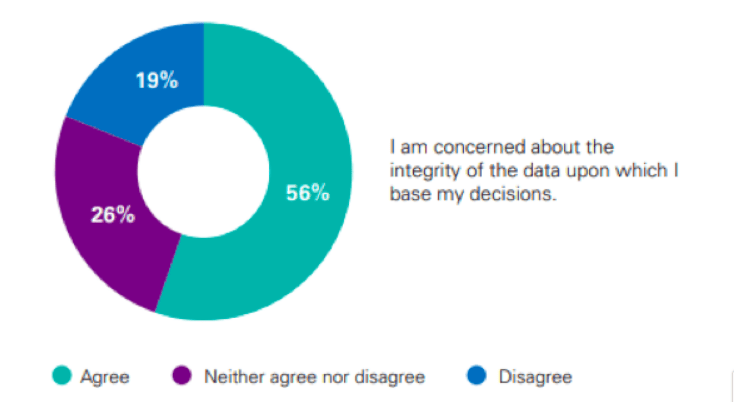
Image source: KPMG
Image source: KPMG
When you change data to the target location format, you break down silos that would complicate the data analysis process. Multiple data need time to merge to gain meaningful insights.
Conformed data requires less processing and analysts get more time to handle other issues.
Transformed data results into two tables: dimension tables and fact tables.
Dimension tables include data on the “who, what, when, how, where, and how” context. They can be products, customers, and dates.
Fact tables are the results of events to be measured and answer questions like “How many? They include transaction records, measures, and sales results.
When transforming, load dimensions first so that you can easily link them to the facts. For example, load customers, products, and dates first then link them to sales data.
Tracking audit helps you capture records you load during each step and the time it happened. Quality tests ensure you have no duplicate or null data, and that the structure is correct.
Doing this ensures that you can tell where each piece of data came from later when one of the stakeholders has a question. It also verifies that the metrics are right. Having correct data backed by evidence builds confidence in the data and improves engagement with the end-users.
The value of data transformed is viable to the extent that the end-user is using it continuously. Run regular tests on the data to help address any defects and updates.

With growing data amounts, marketers are finding it imperative to transform data quickly. Only companies that invest in the right data can remain competitive. Data transformation allows your company to clean out the large pool of data and turn it into useful data analyzed for actionable insights.
With the right data and the right tools in place, you can establish close relationships with customers and provide them with great experiences. You just need to have the right data at the right time about the right customer.
This way, you can make them feel special by providing personalized experiences. If you use the wrong data to target customers, then they will seek out your competitors for better experiences.
If you’re running campaigns with the wrong data, your conversion rates will also suffer. Your sales team will be working with the wrong data and chasing the wrong leads or recommending the wrong products. Not transforming fast enough will also make you late to deliver what your customers want at the right time.
Having good data transforms and speeds up your processes. It makes your employees more productive and improves decision-making. It will also make it easy to access up-to-date data leading to maximum usage of data to meet customer needs and achieve your bottom line.